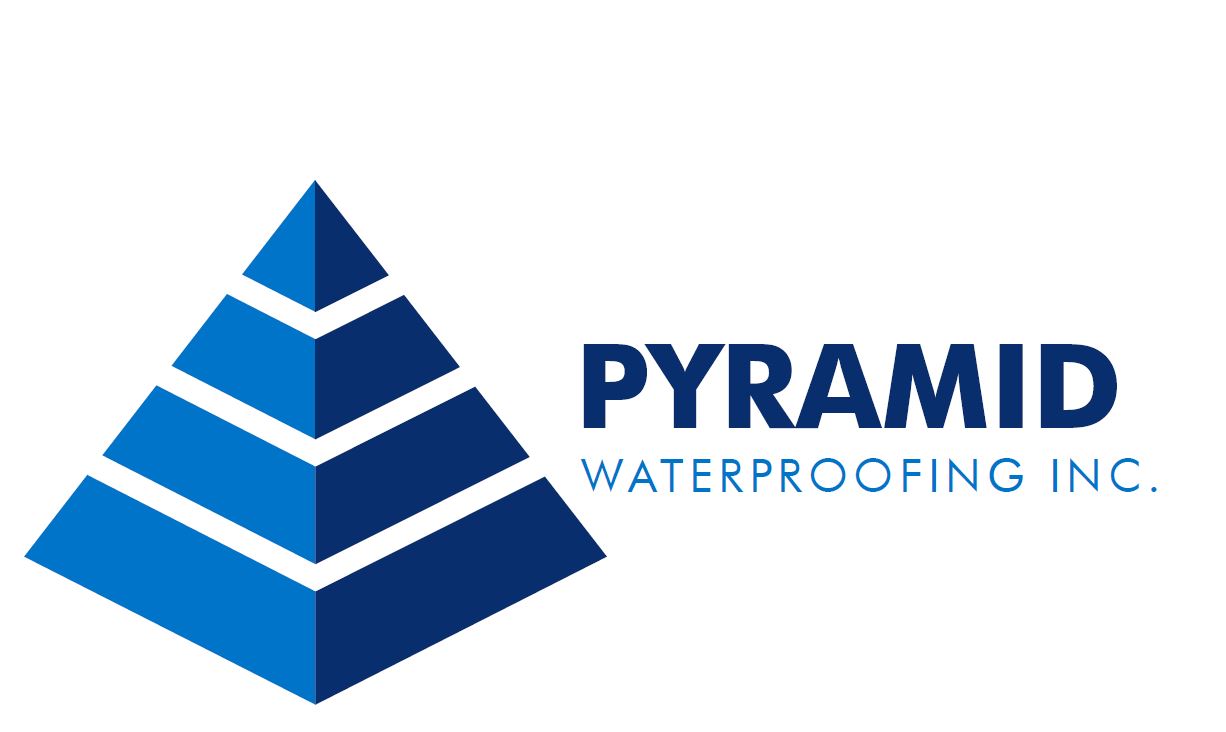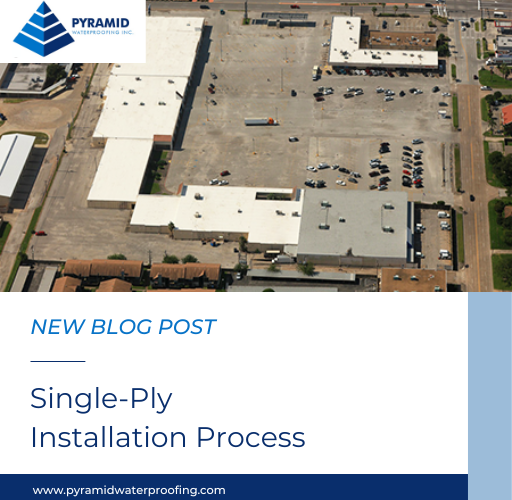Single-Ply Installation Process
Single-ply has many benefits and is compatible with commercial flat roofs. The single-ply installation is relatively simple and quick and doesn’t disrupt the daily operations of your building and its occupants.
How Single-Ply is Installed?
- The first step in applying single-ply is making sure it’s right for your roof. If this is a reroofing, our team will make sure your current roof is structurally sound with no pooling or leaking into the insulation and that the installation complies with the building code.
- Once we know your building is a good candidate for single-ply roofing, we clean debris and any loose gravel so there is a good base.
- It is then time to apply the insulation boards. This will help your roof be energy-efficient. The boards are measured and installed with roofing fasteners to the roof deck. There are three main types of insulation used with single-ply: polyiso (polyisocyanurate), EPS (expanded polystyrene), and XPS (extruded polystyrene).
- After the insulation boards are secure, we apply a seam primer to enhance adhesion and strengthen the bond of the single-ply. This also helps make the roofing weather-resistant.
- Now that the prep steps are complete, the single-ply membrane is installed. There are two options when it comes to attaching the single-ply:
- Fully-Adhered: The single-ply layer is glued to the insulation board
- Mechanically Attached: Screws are used to attach the single-ply to the metal decking and the seams are either heat welded or a bonding adhesive is used
- The finishing touches, such as edging details, are applied. This ensures that the building is up to code and can withstand wind uplift. The areas around HVAC units, vents, and pipes are installed to make sure the roof is waterproof.
What is Single-Ply Roofing?
Single-ply is a popular roofing membrane that was invented in the early 1960s. It is lightweight and energy-efficient, and the single-ply installation is non-invasive. Single-ply is resistant to chemicals and fungus growth and reflects UV rays, which helps lower electric costs.
If you would like to learn more about single-ply and if it’s right for your commercial building, give us a call or send us a message here to talk to one of our skilled roofing professionals.

